Invasive plant species pose a significant threat to ecosystems worldwide, disturbing native habitats and leading to substantial ecological imbalances. These species, often introduced by human activities or natural dispersal, thrive at the expense of local flora and fauna. Understanding their characteristics, impacts, and the methods of their spread is crucial for the effective management and protection of native ecosystems. This article dives into the world of these aggressive invaders, discussing their nature, pathways of introduction, ecological and economic impacts, and the strategies employed to control them.
Contents
- 1 The Nature of Invasive Plant Species
- 2 Pathways of Introduction
- 3 Ecological Impacts of Invasive Plants
- 4 Economic and Social Consequences
- 5 Identification and Monitoring
- 6 Control and Management Strategies
- 7 Prevention and Public Awareness
- 8 Future Challenges and Research
- 9 Join The Frontline In Ecosystem Defense
The Nature of Invasive Plant Species
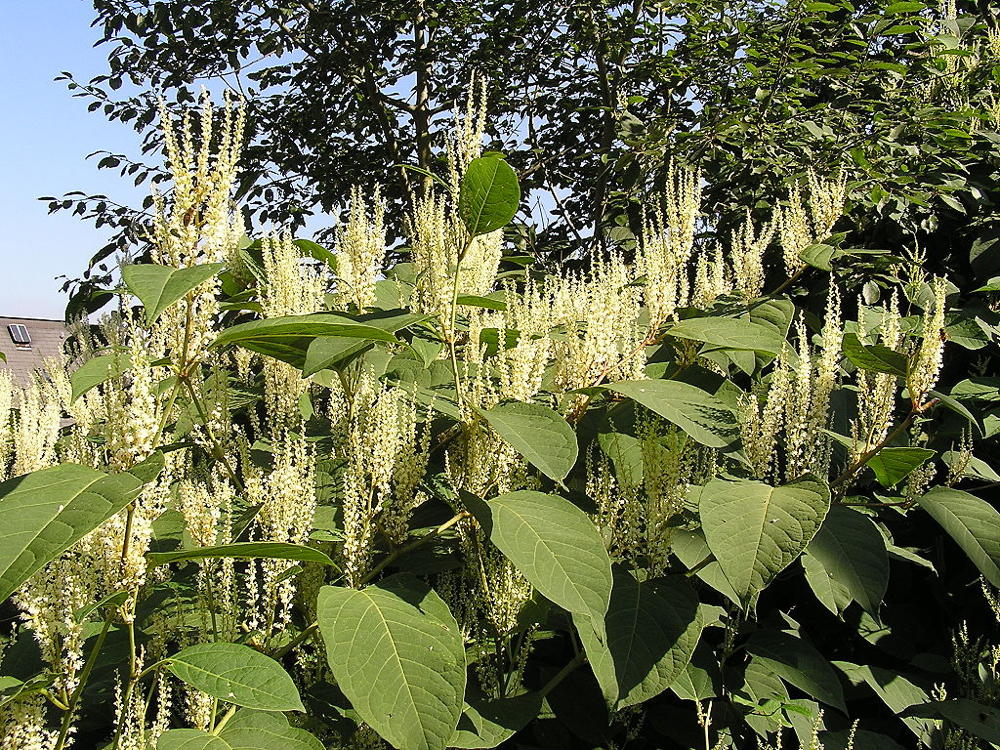
Invasive plant species are defined by their ability to spread rapidly and cause harm to the environment, economy, or human health. They are often characterized by their high adaptability, aggressive growth, and reproduction capabilities. Unlike native plants, these invaders do not co-evolve with the local ecosystem, allowing them to outcompete and displace native species. Many invasive plants can alter habitats, change soil chemistry, and disrupt vital ecological processes. Understanding their characteristics helps in identifying and controlling these species effectively.
Common examples of invasive plants include the kudzu vine, known for its rapid growth and ability to smother other plants and structures, and the water hyacinth, which clogs waterways and affects aquatic life. Other notable invaders like the purple loosestrife and Japanese knotweed have transformed landscapes across continents. These species’ success is often attributed to the lack of natural predators and their ability to exploit new environments quickly. Identifying these plants is the first step towards mitigating their adverse effects on local ecosystems.
Pathways of Introduction
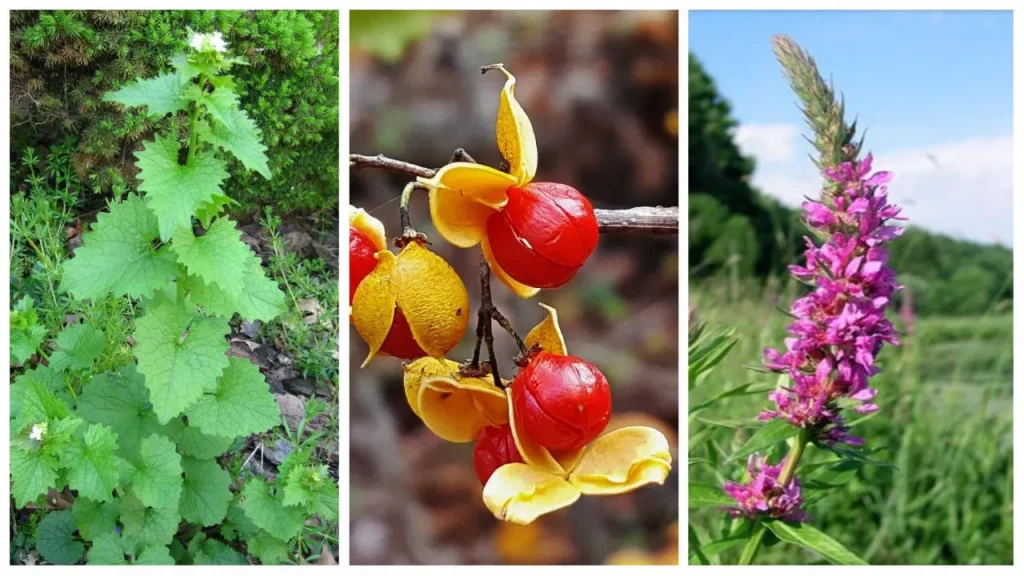
The introduction of invasive species to new environments can occur through various pathways, both natural and anthropogenic. Natural dispersal methods include wind, water, and animal transportation, which can unintentionally spread plant seeds or fragments to new areas. Human activities, however, are the primary cause of invasive species spread. Global trade, travel, and landscaping practices often involve the movement of plants and plant materials across borders, inadvertently introducing invasive species into new ecosystems.
Case studies highlight the significant role of human activity in the spread of invasive plants. The ornamental trade has introduced many invasive species, such as the Brazilian pepper tree, initially valued for its aesthetics but later becoming a dominant pest. Similarly, the deliberate introduction of species for erosion control or agriculture, such as the tamarisk in the southwestern United States, has led to unintended ecological consequences. Understanding these pathways is crucial for developing prevention strategies and minimizing future introductions.
Ecological Impacts of Invasive Plants
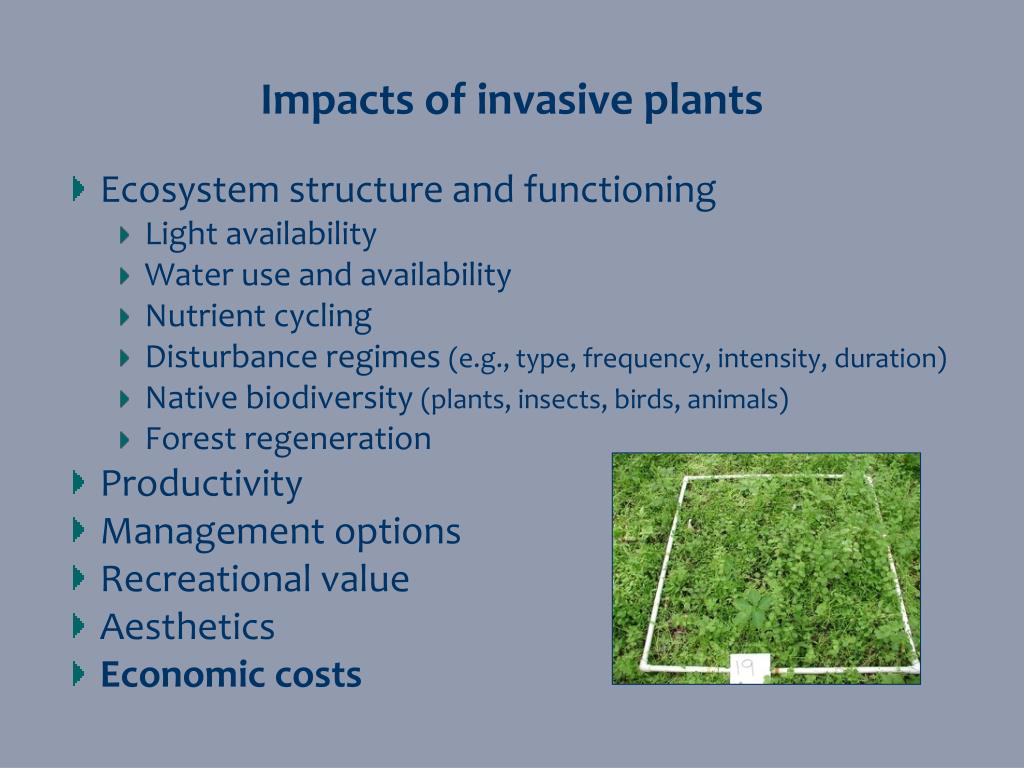
The ecological impacts of invasive plant species are vast and multifaceted. By outcompeting native plants for resources such as light, water, and nutrients, invasive species reduce biodiversity and alter habitat structures. This displacement can lead to a cascade of effects on local wildlife, including changes in food web dynamics and the loss of native species. Invasive plants may also introduce new diseases or pests, further threatening indigenous plant and animal communities.
In some cases, invasive species can modify the physical environment itself. For example, some species, like the Australian melaleuca tree in Florida’s wetlands, can alter water flow and soil chemistry, drastically changing the landscape and making it inhospitable for native species. In riparian zones, invasive plants like the giant reed can increase fire risk and soil erosion, leading to long-term ecological degradation. Addressing these ecological impacts requires a deep understanding of the invasive species’ behavior and the affected ecosystems.
Economic and Social Consequences
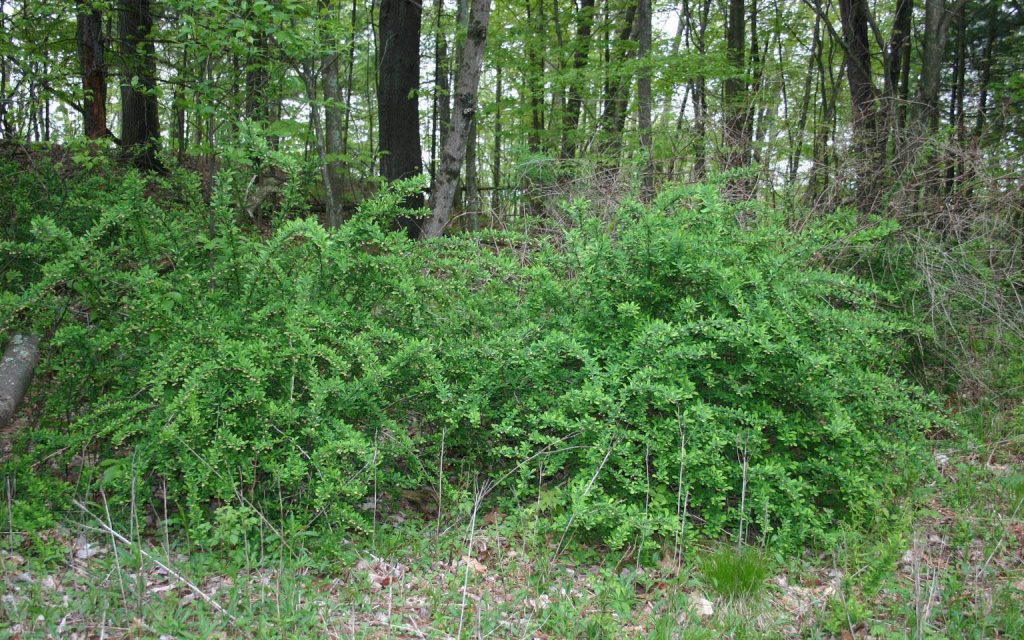
Beyond ecological damage, invasive plants impose significant economic burdens. The costs associated with managing these species are staggering, including expenses for control, eradication, and the losses in agriculture, forestry, and fisheries. In agricultural settings, invasive species can reduce crop yields, contaminate produce, and increase the need for costly management practices. Forests invaded by non-native species face reduced productivity and biodiversity, affecting timber and non-timber forest products.
The social implications of invasive plant invasions are equally concerning. Recreational areas and scenic landscapes marred by invasive species can lead to decreased tourism and lower quality of life. Moreover, some invasive plants pose direct health risks to humans, causing allergies or acting as vectors for diseases. The impact on indigenous communities can be profound, as invasive species disrupt traditional practices, cultural values, and livelihoods. Addressing these multifaceted issues requires an integrated approach that considers both ecological and socio-economic factors.
Identification and Monitoring
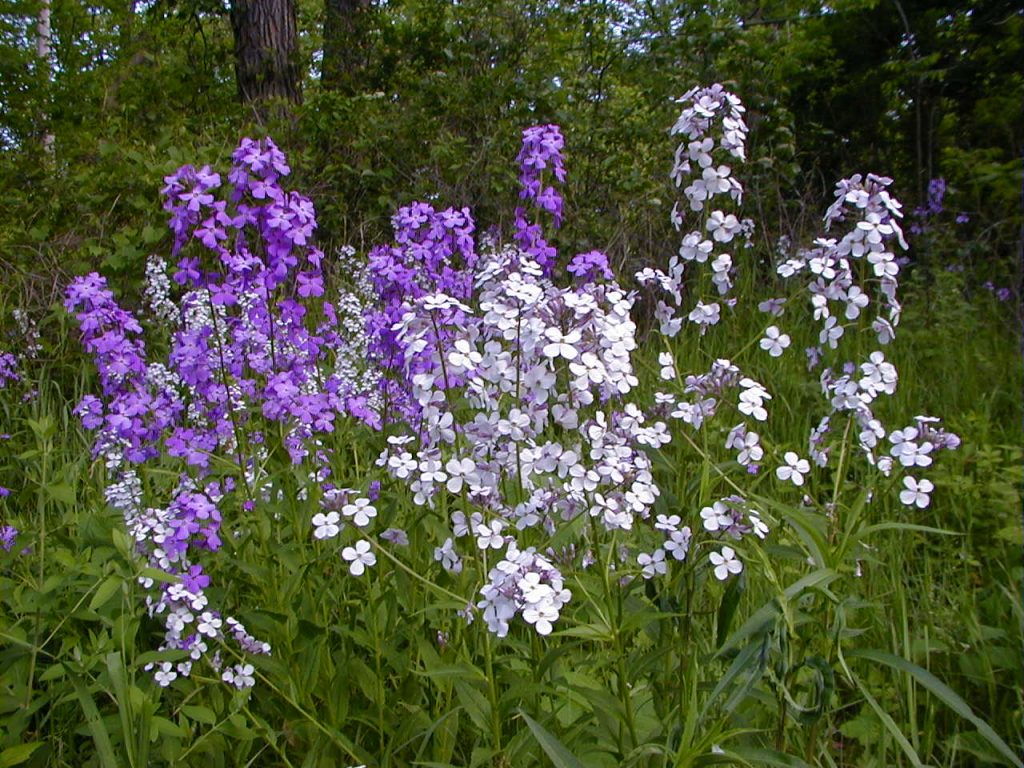
Correctly identifying invasive plant species is crucial for early detection and rapid response. Specialists use a combination of botanical characteristics, such as leaf shape, flower color, and growth patterns, to identify invasive plants. Community science initiatives and public reporting play a vital role in monitoring and identifying new invasions. Technological advancements, including satellite imagery and machine learning algorithms, have improved the accuracy and efficiency of identifying and mapping invasive species across large areas.
Regular monitoring is essential to assess the spread and impact of invasive species and the effectiveness of management strategies. It involves systematic observation and recording of species’ presence and abundance over time. Monitoring programs often rely on a network of professionals and volunteers to gather data. This information helps in prioritizing areas for intervention and measuring the success of eradication and control efforts. Effective monitoring and identification are foundational to the long-term management and prevention of invasive plant spread.
Control and Management Strategies
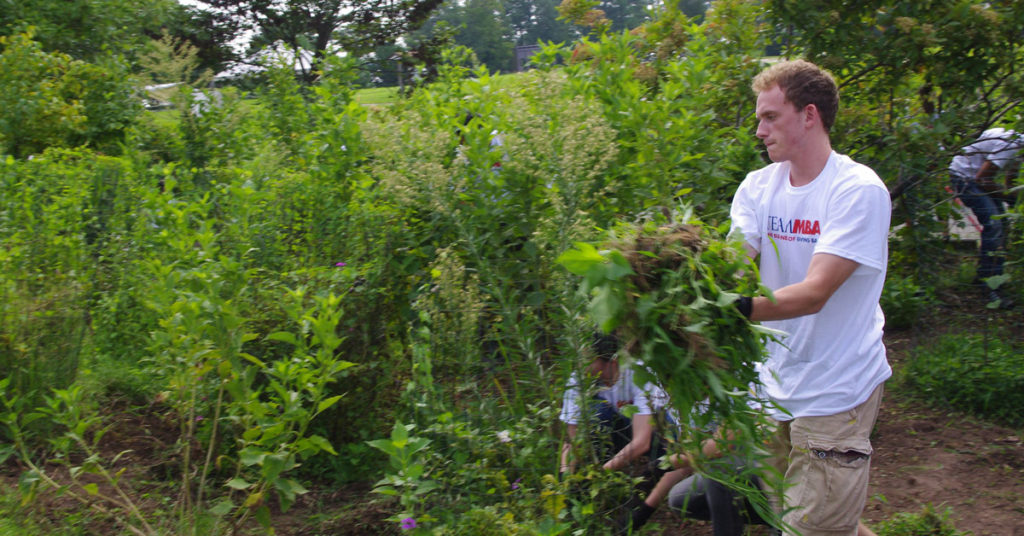
Managing invasive plant species requires a strategic and often multi-pronged approach. Physical removal methods include manual labor, such as pulling or cutting, and mechanical methods, like mowing or grazing by livestock. Chemical control involves the use of herbicides, which must be applied carefully to avoid damaging native species and the environment. Biological control introduces natural predators, parasites, or diseases from the invasive species’ native range to reduce their population, although this method requires thorough research to prevent unintended ecological consequences.
Integrated management approaches combine several control methods based on the specific invasive species and the affected ecosystem. They require careful planning and continuous adaptation to be effective. Adaptive management, a dynamic process where strategies are continually improved based on monitoring results, is crucial in dealing with the complex nature of invasions. Community involvement and collaboration among landowners, government agencies, and conservation groups enhance the effectiveness and sustainability of control efforts. Ultimately, the goal is to restore and protect native ecosystems while minimizing the impact of invasive plants.
Prevention and Public Awareness
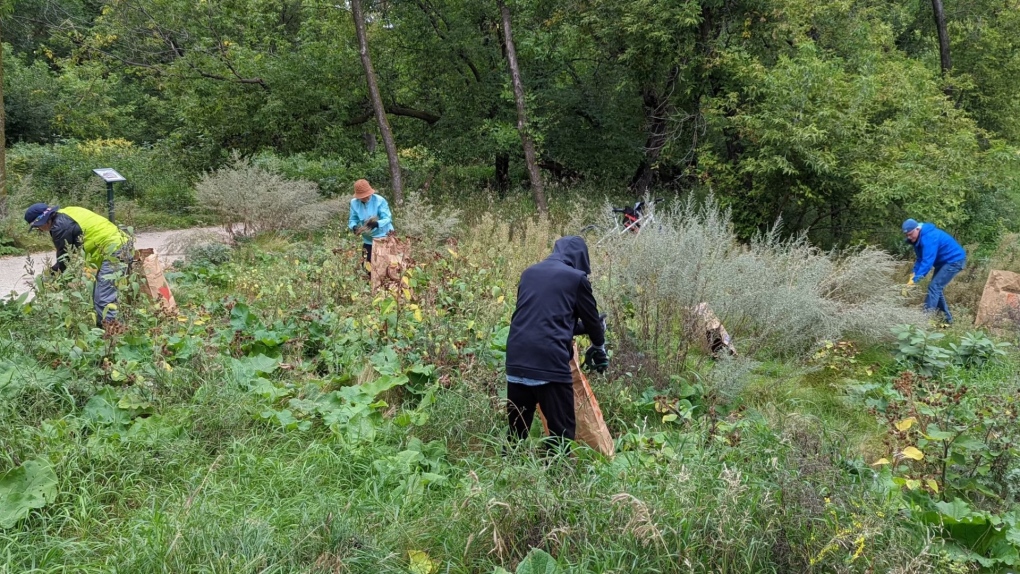
Preventing the introduction and spread of invasive species is far more cost-effective than controlling them after establishment. Policies regulating the trade and movement of plants and soil can significantly reduce accidental introductions. Educating the public about the risks associated with purchasing and planting non-native species is also critical. Gardeners, hikers, and travelers can unintentionally contribute to the spread of invasive plants and should be made aware of best practices for preventing this.
Public awareness campaigns are vital for encouraging community participation in invasive species management. They can include information on identifying invasive plants, reporting sightings, and participating in local eradication efforts. Engaging community members through workshops, citizen science projects, and volunteer removal events fosters a sense of stewardship and helps build a more informed and proactive public. Success stories and positive outcomes from community-led initiatives can inspire further action and support for invasive species management programs.
Future Challenges and Research

As global trade and climate change continue to alter ecosystems, the challenge of managing invasive species is becoming more complex. Warmer temperatures and altered precipitation patterns can facilitate the spread of invasive plants into new areas, making some management strategies less effective. Research is critical to understanding these dynamics and predicting future trends in invasion patterns. It also helps in developing new and more effective management techniques and strategies.
Future research must focus on comprehensive risk assessments, long-term ecological impacts, and innovative control methods. Collaboration between scientists, policymakers, and local communities is essential to address the multifaceted challenges posed by invasive species. International cooperation is equally important, as invasive plants do not respect political boundaries. By investing in research and fostering global partnerships, we can better anticipate, prevent, and respond to the threats posed by invasive plant species, ensuring the protection and resilience of ecosystems worldwide.
Join The Frontline In Ecosystem Defense
The fight against invasive plant species is ongoing and requires collective vigilance and action. By staying informed, participating in local eradication efforts, and advocating for strong policies and research, everyone can contribute to protecting their precious ecosystems. Let’s commit to being part of the solution, recognizing each individual’s critical role in preventing the spread of invasive species.


